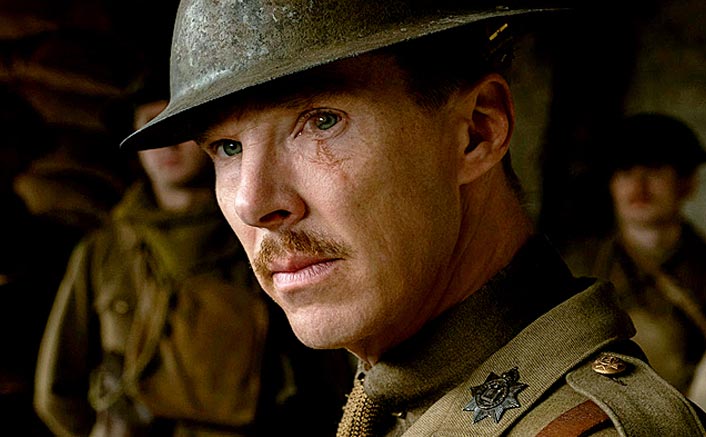
There are two types of films in existence, broadly categorized. One offers us a glimpse of the real world from the comfort of cinema that might be too harrowing and disturbing for us to directly experience; and the other provides us a welcome escape from the hard ways of life through a deftly created fantasy world through sound and images, visible on the screen.
In either case, believability holds or breaks the interest of the viewer on the screen, and a good film creates the atmosphere with such precision and intelligence that the viewer loses themself in it. That’s how a good immersive film is made. Whether they’re a hellish dreamscape or an otherworldly fantasy – the films mentioned on this list are a technical marvel to marvel at. Without further ado, these are the 10 most immersive films ever.
10. 1917

“1917” is a cinematographer’s film. Not to under-appreciate the tremendous work of director Sam Mendes, but “1917” is best enjoyed for the illusion of the immersive one-take exercise that master cinematographer Roger Deakins created in this film. War films have been always blessed by fantastic sound mixing and editing and in “1917,” the amalgamation of the brilliant cinematography and spectacular sound mixing made a striking effect.
The continuity of motion is another difficult task to accomplish and here Mendes shines the most; “1917” is never static, blessed by Deakins’ aesthetic vision and Mendes’ great staging and choreography. Sometimes the obsession with constant movement creates a distraction, but the viewer is always there, present at the scene and sharing the frustration and happiness with the key players of the film.
The continuous take of the film is a spectacular technical achievement and a visceral sight to behold. Historical accuracy, technical virtuosity, and the hard-hitting drama makes “1917” an important historical cinematic representation for the coming generation, and gains an obvious recommendation for being one of the greatest immersive films of all time.
9. Enter the Void
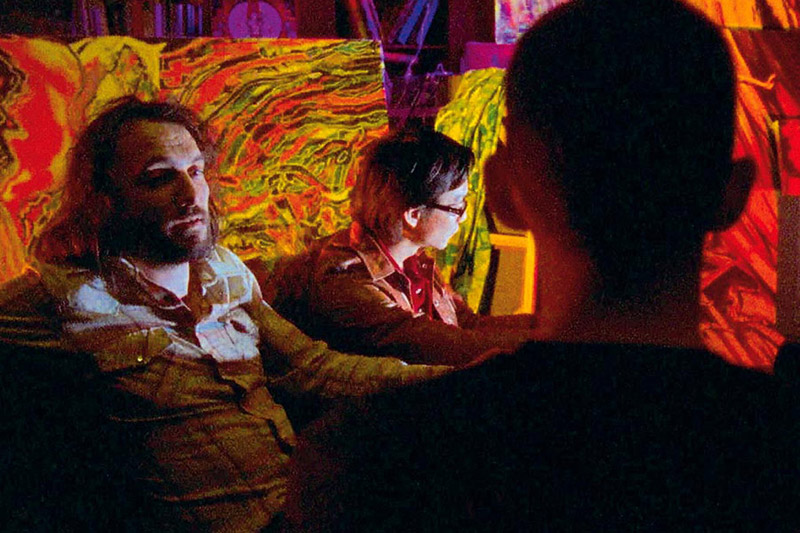
“Enter the Void” is a brave cinematic exercise created by cinema’s enfant terrible Gaspar Noe. Noe described the limbo state after death to us through his typical imagination with a little bit of help from the Tibetan philosophy and the Tibetan Book of the Dead. The resulting picture is nothing short of an acid trip, complete with fantastic hallucinatory visuals and an uncomfortable, nauseating soundtrack that reminds us of his other masterpiece “Irreversible.”
Noe’s vision of limbo is not always utopian or something to be desired, but certainly, a place to gasp at from a distance. His characters are as always dangerously alone and frustrated in the maze of life and in this case, helplessly bound to an unanticipated and unpredictable present.
A special mention should be given to the film’s cinematographer Benoît Debie for the fantastic out-of-body sequences he created that the protagonist Oscar experiences throughout the film. DMT-induced trips have never felt so real on the screen without taking some. The viewer would easily get immersed in the surrealistically real and realistically surreal mixed environment that Noe imagined and built in the film. A mad Freudian experiment in the context of drug culture, “Enter the Void” has history written all over it.
8. Sunset Boulevard
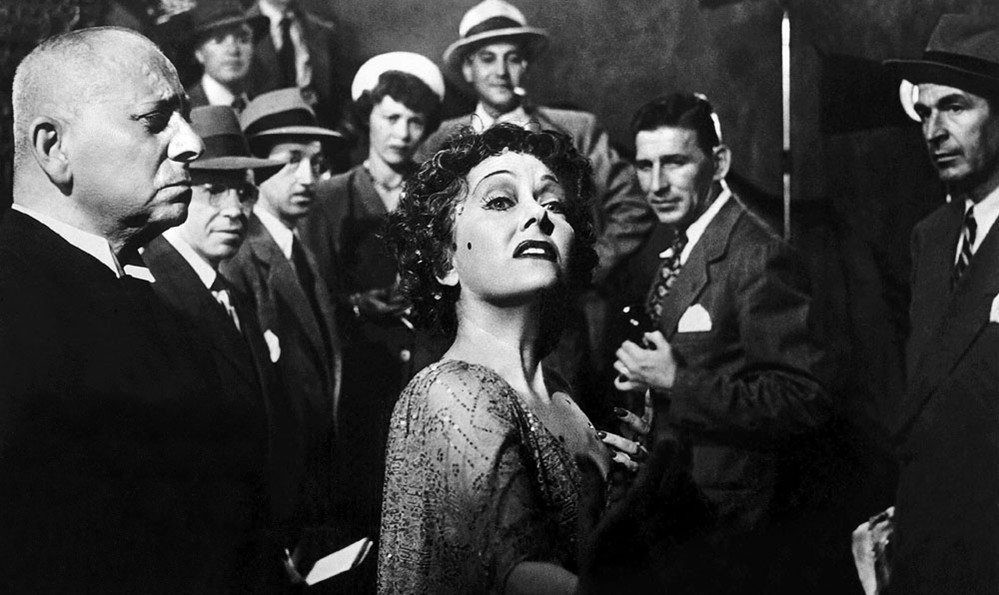
Decorated with exuberant period detailing and a chillingly dystopian noir storyline, Billy Wilder’s “Sunset Boulevard” is a bad dream that everyone would like to forget. Behind the glitz and glamour of the Hollywood epoch when the industry was transitioning toward the talkie period, lied a self-conscious, destructive psychological problem, epitomized in the lifestyles of the faded silent-era film stars.
Billy Wilder cast Gloria Swanson in the role of an old egomaniac, a lonely silent film star who wanted to cling to her glorious past that had passed for a new era of sound filmmaking. The legendary filmmaker’s other masterstroke was casting silent film director Eric von Stroheim in the role of a sycophant servant and an ex-husband who takes great efforts to maintain the illusionary lie that the film star wanted to believe. She wants to make a new film out of a script that she had written for herself and hired a new screenwriter to develop it for her.
As it is a noir film, a tragic ending is to be expected, and Wilder presented a brilliant climax in the film. The film has become alive not only for the brilliant direction of Wilder, but the great performances from the supporting cast and one of the career-best performances of Gloria Swanson. One couldn’t help but sympathize with the tragic life trajectory of the main protagonist and immerse themself in the dark, brooding atmosphere of the film.
7. Rope
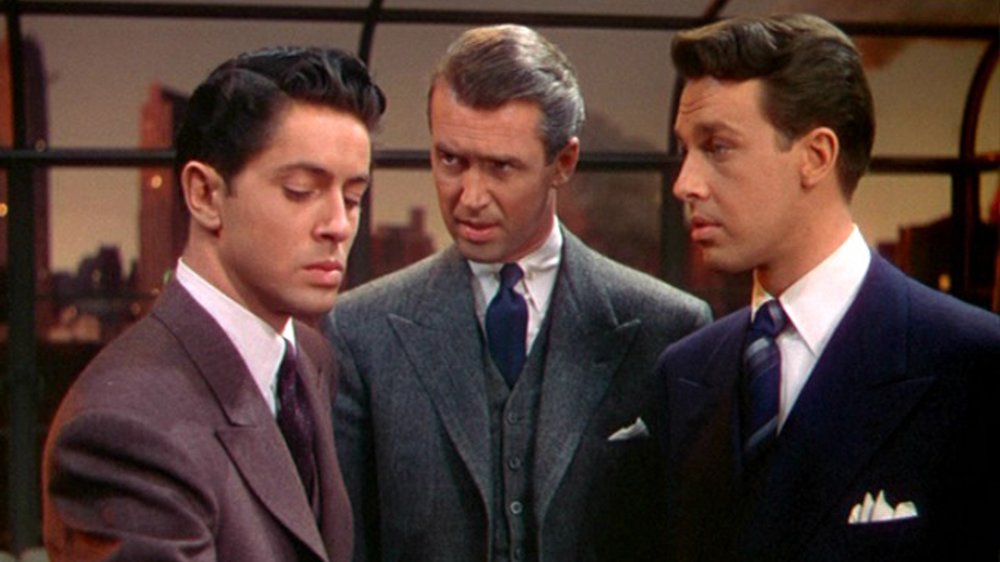
The reason for the immersion of brilliance that the great English director Alfred Hitchcock aimed for and significantly achieved in his revolutionary film “Rope” lies in the very technique he used in making him. A film made in one shot doesn’t call wonder now – film history is now overtly populated by one-shot films like “Russian Ark,” “Birdman,” “1917,” and for some of those, the brilliance ends there – but it was one of the first for its time.
Although “Rope” is not technically a one-shot exercise, because at that time, films were shot with analog cameras whose reels had to change frequently. Thus, Hitchcock planned the shooting schedule with immense care so that whenever the need arose to change the showreel, he shot a visual portion on some character’s black coat or some dark corner of the room. This meticulous planning would later be embraced by future directors like Alejandro G. Inarritu, Sam Mendes, and others. Totally shot on a soundstage, the film sadly eschewed any exceptional thrilling moments for which Hitchcock was famous, but it balanced with almost real-life, immersive cinema.
6. There Will Be Blood
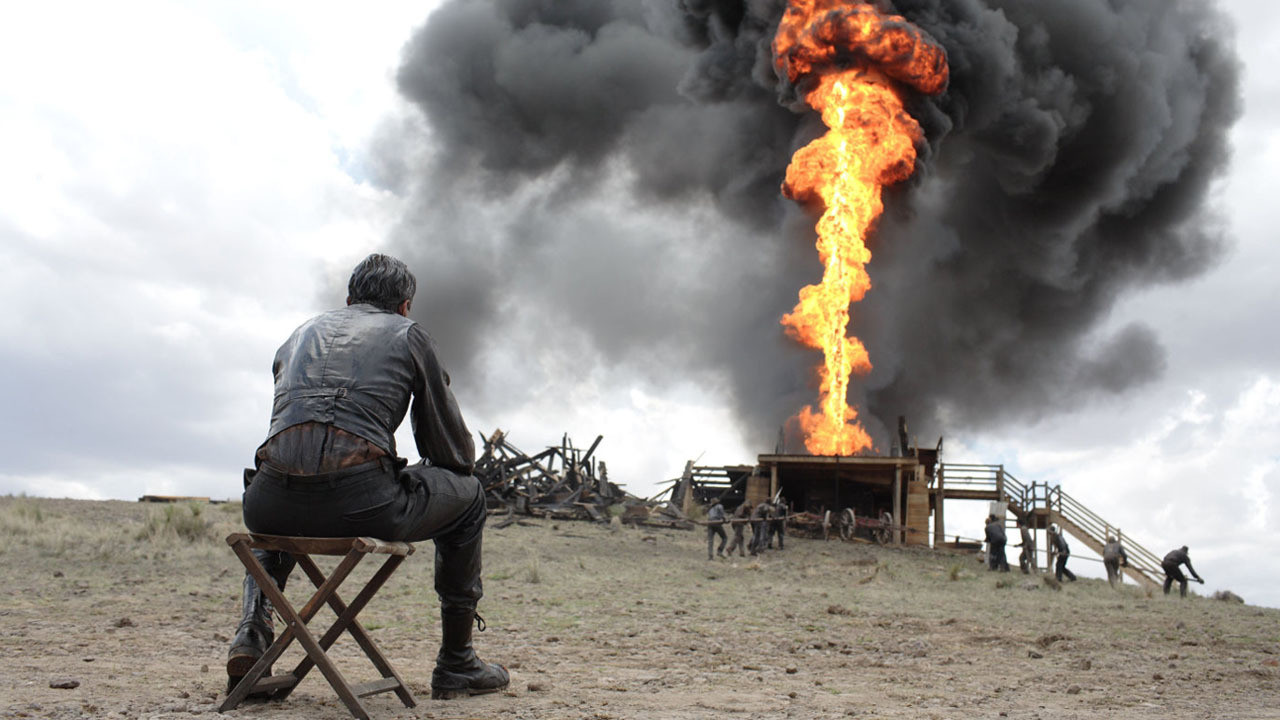
Paul Thomas Anderson slowly and steadily builds the historical narrative of “There Will Be Blood” with the care reserved for a newly born child. Daniel Day-Lewis morphed into a cinematic impersonation with his trademark method acting techniques and the audience became hooked on it. Adapted from the Upton Sinclair novel “Oil!”, “There Will Be Blood” is stuffed with tension and suspense that comes partly from the deliberately slow pace and Day-Lewis’s acting, and partly from Robert Elswit’s great cinematography.
Anderson successfully used the folk tunes and small rhythmic musical notes with the escalating violence thrown on the scene. It is a brutally capitalistic wild west where the competition would be won by any means and by any sacrifice. Religion was always a competitor of the capitalist industrialist mindset, and here, Anderson brilliantly veiled them in subtext, through gestures and body language. The animosity only escalates over the course of the film and when the ending comes, it is a long suspicion. The viewers submerge in the naive burlesque world and a fear of fatality grasps them soon.